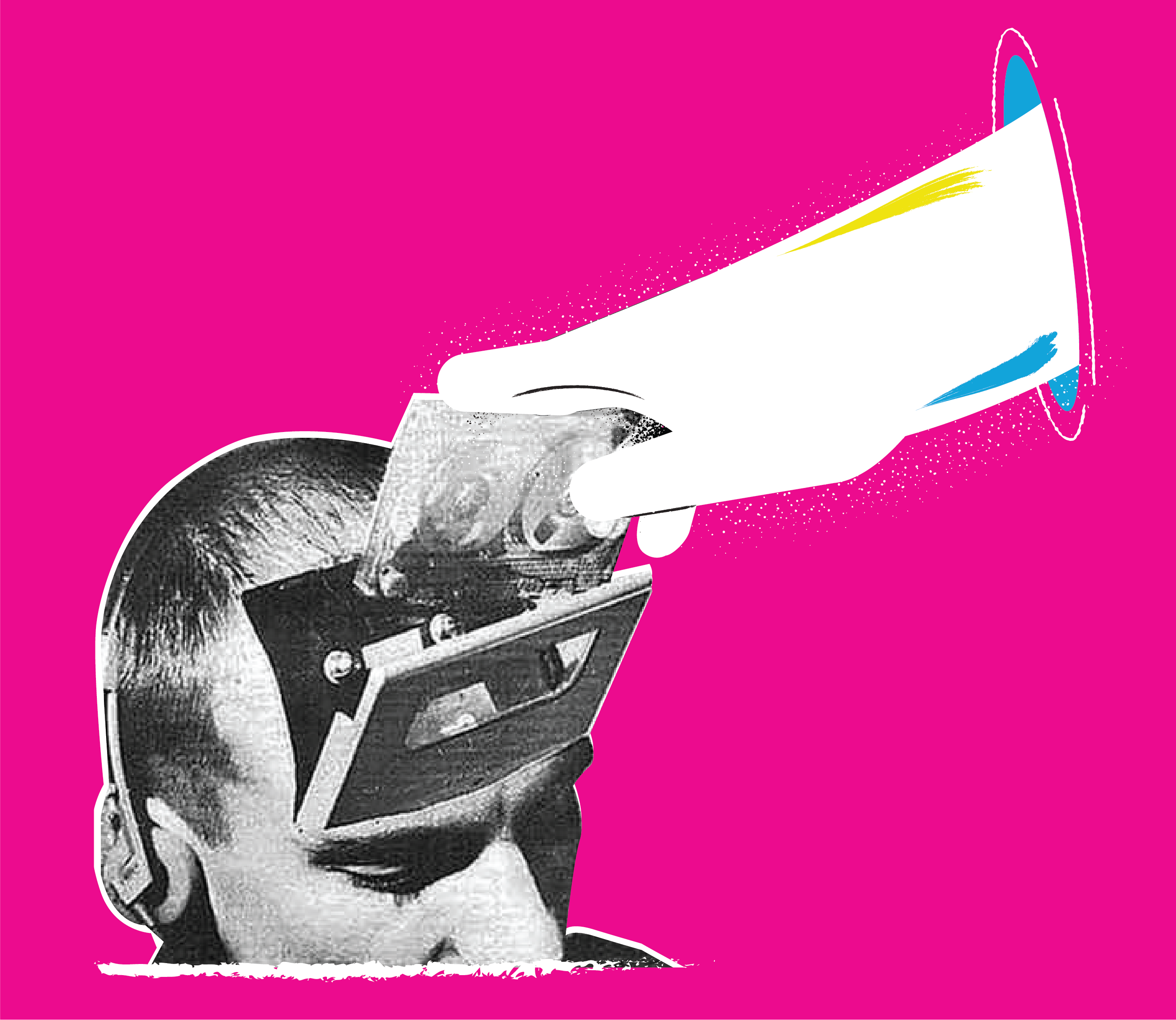Blog
Ritual and Creating Magic Part 4: Output vs. Input
#04
RITUAL AND CREATING MAGIC
Input vs. Output
Missed a previous entry? We got you covered.

Output is crucial but input comes first
Part of being a creative person and actively honing your creative skills is practicing your ability to be a sponge. Don’t mistake this as a passive activity either, you have a very active role in what you put into your mind and how much you get out of it. While artists and creatives of every ilk are judged on output, input is every bit as crucial. According to Stephen King, “If you want to be a writer, you must do two things above all others: read a lot and write a lot.” Notice he placed reading before writing.
No matter what field you are in, engaging and learning from other works is the single most important thing you can do other than actually practicing your technique. This is how you get new ideas, learn proven methods, and stay ahead of trends. However, engaging with creative work as a creative is different than engaging with it as a fan or enthusiast. Rather than evaluating something on whether or not you enjoyed it, or it made you feel good, you’re looking to learn from it.

Questions you should ask when engaging a creative work
- What was the mission behind the creator’s work? Was it to solve a tangible problem, in the case of business strategy, or was it to inspire or confront some aspect of the human condition, like in works of fine art?
- How did the creator engage with this issue? What strategies did they use and how successful were they?
- How does their approach differ from others in the same field?
- Why might they have approached the problem this way?
- How might I have engaged this problem and what from their process or method can I incorporate into my own?
In business, particularly any creative business, a similar line of questioning should be taken with your competitors and peers. As part of our brand building exercise at Common Giant, we run a competitor analysis. This allows us to get a sense of our clients’ industries, and it gives the client the opportunity to study their peers as practitioners, not rivals or heroes. Many of the above questions –
What is their mission? What problem are they confronting? How successfully do they solve it? How are they similar or different from others etc.? – apply here as well.
Identifying and analyzing the processes and products of others with this frame of mind will not only teach you to appreciate things you’d otherwise dismiss or avoid, but will also slowly begin to expand your consciousness, increasing your imaginative capacity.
Want to boost your input to improve your output?
Give the full eBook a read.

